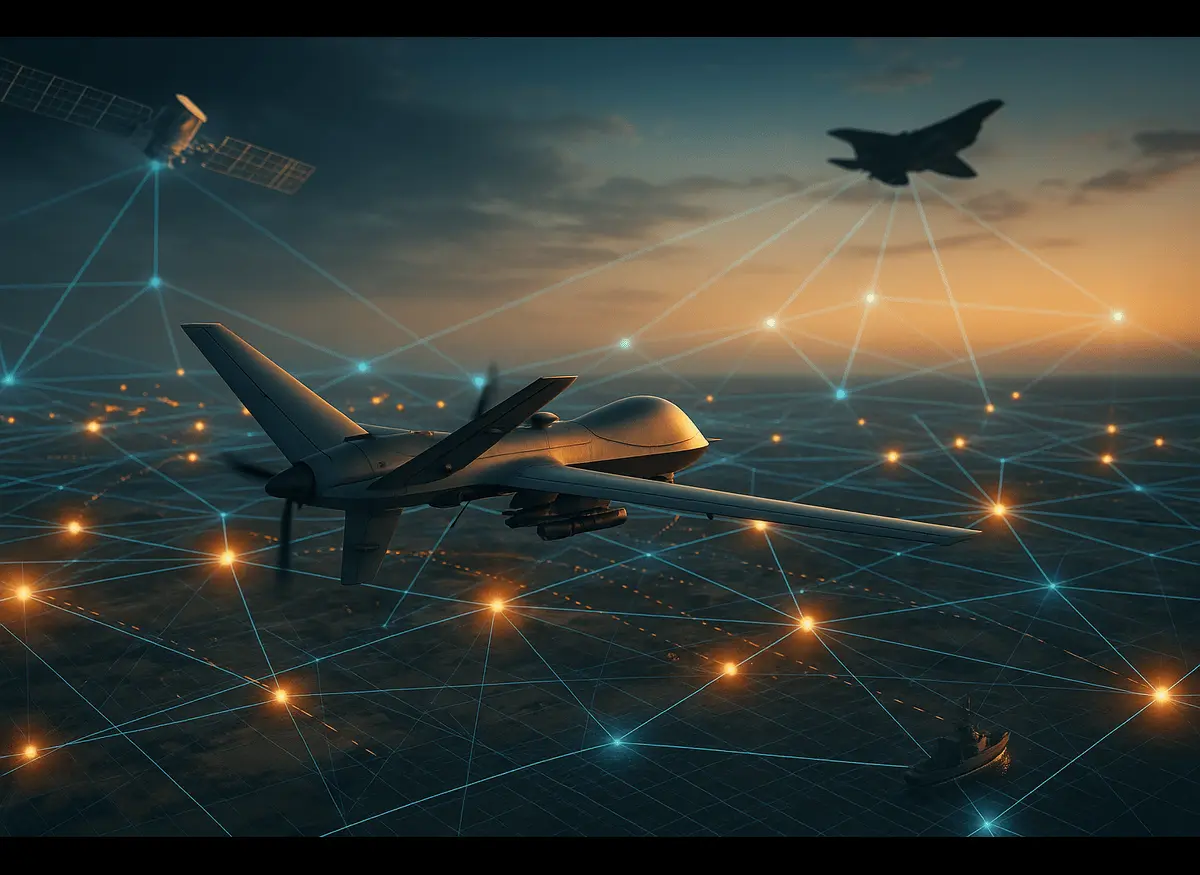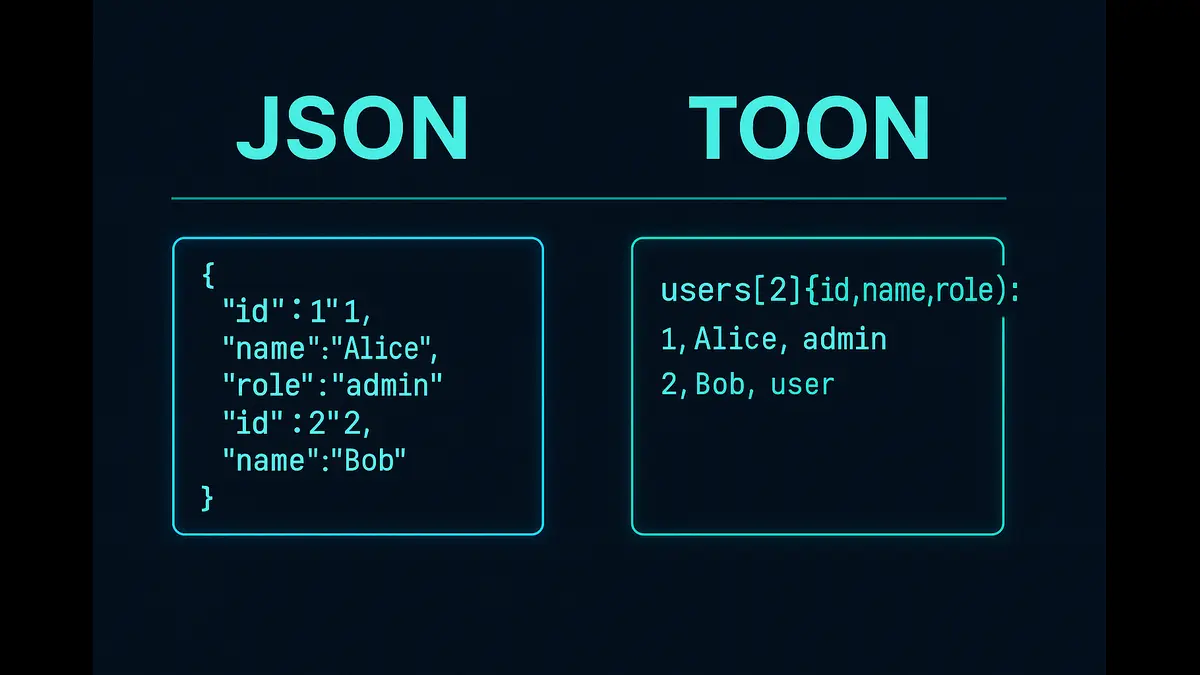
The UK’s 2025 AI-driven defense strategy leverages the Digital Targeting Web and Cyber Command to enhance battlefield precision and counter cyber threats. Guided by the Strategic Defence Review, it integrates AI and drones for modern warfare, ensuring ethical use and global leadership.
The United Kingdom is making bold strides in modernizing its military capabilities, with artificial intelligence (AI) at the forefront of its defense strategy. In 2025, the Ministry of Defence (MoD) has rolled out ambitious plans to integrate AI and advanced digital technologies into its operations, aiming to keep the UK at the cutting edge of global defense innovation.
This article explores the UK’s AI-driven defense strategy, focusing on the transformative Digital Targeting Web, the newly established Cyber and Electromagnetic Command, and the broader implications for national security.
The Strategic Defence Review: Setting the Stage for AI Integration
In July 2024, the Labour government, under Prime Minister Keir Starmer, commissioned a Strategic Defence Review (SDR) to address evolving global threats and modernize the UK’s armed forces. Led by Lord Robertson, a former Defence Secretary and NATO Secretary General, the SDR is set to be published on June 2, 2025, and emphasizes AI and digital technologies as critical enablers for future warfare.
Defence Secretary John Healey has described this review as a “first of its kind” due to its external leadership and focus on rapid technological adoption. The review draws heavily on lessons from the war in Ukraine, where AI and drones have reshaped battlefield dynamics, with nearly 80% of casualties attributed to drone strikes rather than traditional artillery.
The SDR underscores the need for the UK to move away from slow, costly procurement processes—such as the 15-year delay in delivering Ajax tanks—and toward agile, tech-centric solutions. Healey has emphasized that “the keyboard is now a weapon of war,” signaling a shift toward AI-driven systems that enable faster, more precise decision-making on the battlefield.
The Digital Targeting Web: A Game-Changer for Battlefield Operations
A cornerstone of the UK’s AI-driven defense strategy is the Digital Targeting Web, often referred to as a “kill web.” This innovative system integrates real-time data from satellites, aircraft, drones, and other sensors to detect, track, and neutralize threats with unprecedented speed and accuracy. For example, a space-based sensor could relay threat data to an F-35 fighter jet or a naval drone, enabling immediate digital or physical strikes. This capability is designed to enhance the UK military’s ability to respond to threats in real time, reducing the cognitive burden on personnel and improving operational efficiency.
The Digital Targeting Web is already being trialed in countries like Estonia, where AI-enabled tools automatically detect potential threats and recommend optimal weapon systems for engagement. This system reflects the MoD’s commitment to leveraging AI for intelligence, surveillance, and targeting, drawing inspiration from Ukraine’s success in using AI to hit Russian targets swiftly. The MoD’s focus on data as a “strategic asset” is central to this initiative, with efforts to break down data silos and create a unified, accessible dataset for AI analysis.
Cyber and Electromagnetic Command: Bolstering Digital Defense
On May 29, 2025, Defence Secretary John Healey announced a £1 billion (approximately Rs 10,800 crore) investment in a new Cyber and Electromagnetic Command, led by General Sir James Hockenhull. This command aims to strengthen the UK’s offensive and defensive cyber capabilities, addressing growing threats from nations like Russia and China. The command will work alongside the National Cyber Force, operational since 2019, to coordinate cyber operations and electronic warfare, including intercepting adversary communications and jamming hostile drones.
The MoD’s cyber strategy is a response to over 90,000 cyberattacks faced by the UK military in the past two years, highlighting the urgency of robust digital defenses. The Cyber Direct Entry programme is also being fast-tracked to recruit skilled cyber specialists directly into military roles, bypassing traditional training paths to bring expertise to the forefront quickly. This initiative underscores the MoD’s recognition that digital warfare is no longer optional but essential in the modern age.
Collaboration and Innovation: The Role of Industry and SMEs
The UK’s AI defense strategy emphasizes collaboration between the MoD, industry, and academia to foster innovation. The Defence Artificial Intelligence Centre (DAIC), established in 2021, plays a pivotal role in championing AI adoption across the armed forces. The DAIC’s initiatives, such as the Digital Foundry and programs like Dragons’ Den and Janus, provide platforms for small and medium enterprises (SMEs) to showcase and develop AI technologies for defense applications. These efforts aim to embed UK AI companies in domestic and international supply chains, enhancing the UK’s role in NATO’s Defence Innovation Accelerator (DIANA).
The MoD’s partnership with companies like Palantir, which provides AI-driven targeting systems, has sparked debate due to concerns about data usage and the company’s political affiliations. However, Healey has defended Palantir’s role, citing its support for Ukraine and its innovative contributions to UK defense. The MoD is also investing in workforce development, with plans to increase AI fluency among military personnel and leadership through targeted training and recruitment campaigns.
Ethical and Responsible AI Use
The MoD is committed to the “ambitious, safe, and responsible” use of AI, guided by ethical principles developed in partnership with the Responsible Technology Adoption Unit. These principles address challenges such as AI unpredictability, responsibility gaps in autonomous systems, and the need for human oversight in critical decision-making. The UK aims to lead globally in setting norms for ethical AI use in defense, ensuring compliance with democratic values and international law.
Looking Ahead: Challenges and Opportunities
While the UK’s AI-driven defense strategy is ambitious, it faces challenges, including financial constraints and the need for clear implementation timelines. A January 2025 House of Commons Defence Committee report noted that while the MoD’s priorities are clear, the lack of specific targets and measurable outcomes could hinder progress. The MoD is addressing these concerns through the SDR, which will inform specific procurement decisions later in 2025, alongside a planned Defence Industrial Strategy to boost SME involvement and economic growth.
The UK’s commitment to increasing defense spending to 2.5% of GDP by 2027, with an additional £2.2 billion allocated for 2025-2026, provides the financial backbone for these initiatives. However, NATO’s call for spending above 3.5% of GDP highlights the need for sustained investment to maintain a competitive edge.
The UK’s AI-driven defense strategy in 2025 marks a transformative shift toward a tech-centric military, with the Digital Targeting Web and Cyber and Electromagnetic Command at its core. By harnessing AI, the MoD aims to enhance battlefield efficiency, counter digital threats, and maintain a strategic advantage in an increasingly volatile world. As the SDR’s findings are implemented, the UK is poised to become a global leader in defense innovation, balancing cutting-edge technology with ethical responsibility. For those interested in the latest updates, the MoD’s official channels and the upcoming Industrial Strategy for Defence in spring 2025 will provide further insights into this evolving landscape.
Discover more from Poniak Times
Subscribe to get the latest posts sent to your email.








